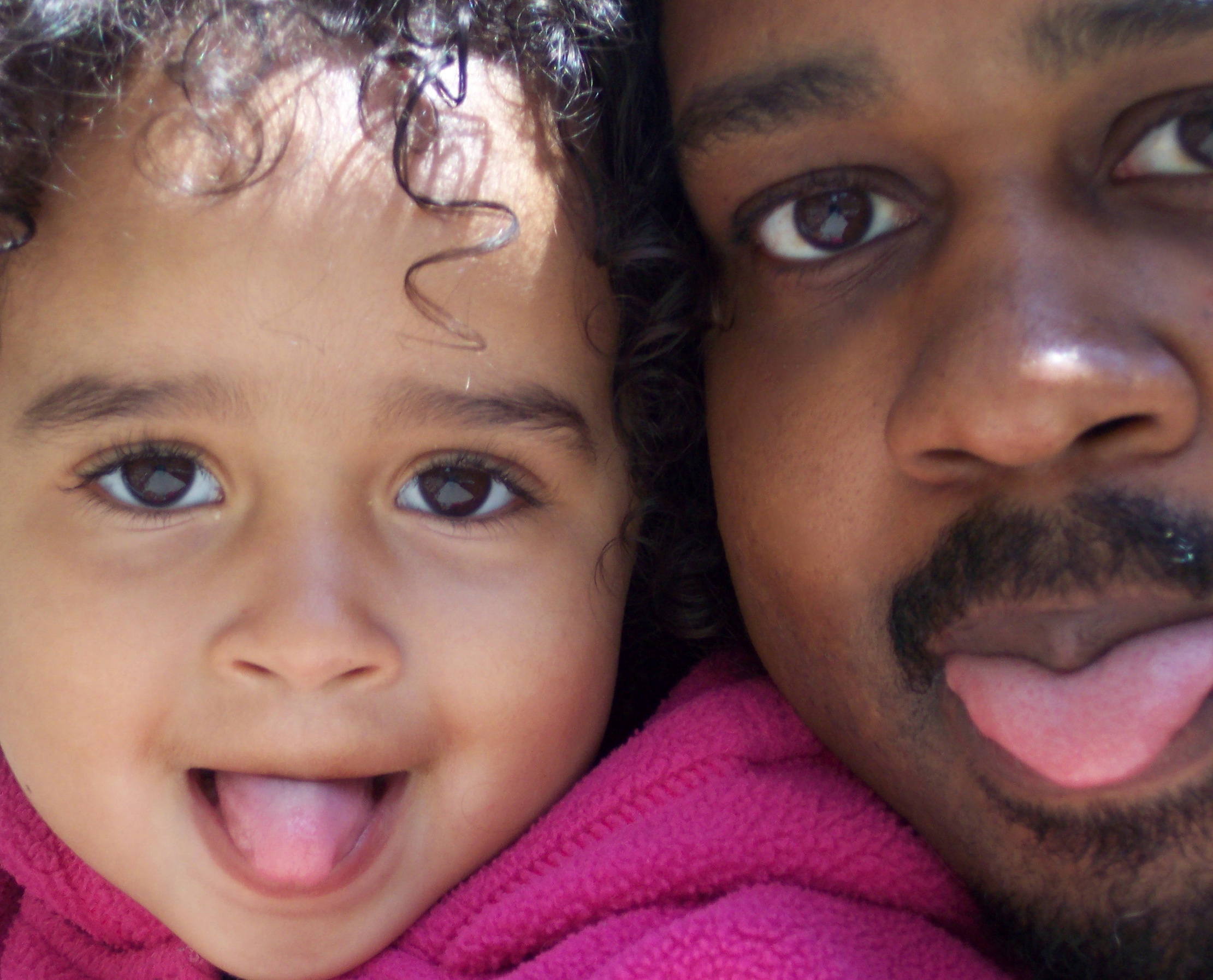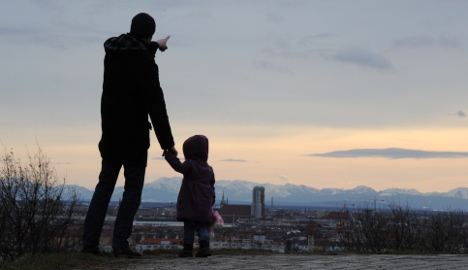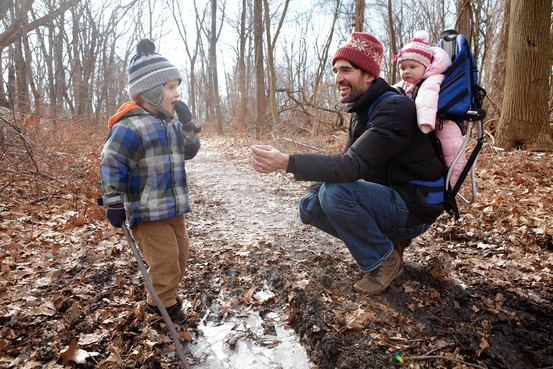by W. Bradford Wilcox – National Affairs
In 1969, Governor Ronald Reagan of California made what he later admitted was one of the biggest mistakes of his political life. Seeking to eliminate the strife and deception often associated with the legal regime of fault-based divorce, Reagan signed the nation’s first no-fault divorce bill. The new law eliminated the need for couples to fabricate spousal wrongdoing in pursuit of a divorce; indeed, one likely reason for Reagan’s decision to sign the bill was that his first wife, Jane Wyman, had unfairly accused him of “mental cruelty” to obtain a divorce in 1948. But no-fault divorce also gutted marriage of its legal power to bind husband and wife, allowing one spouse to dissolve a marriage for any reason — or for no reason at all.
In the decade and a half that followed, virtually every state in the Union followed California’s lead and enacted a no-fault divorce law of its own. This legal transformation was only one of the more visible signs of the divorce revolution then sweeping the United States: From 1960 to 1980, the divorce rate more than doubled — from 9.2 divorces per 1,000 married women to 22.6 divorces per 1,000 married women. This meant that while less than 20% of couples who married in 1950 ended up divorced, about 50% of couples who married in 1970 did. And approximately half of the children born to married parents in the 1970s saw their parents part, compared to only about 11% of those born in the 1950s.
In the years since 1980, however, these trends have not continued on straight upward paths, and the story of divorce has grown increasingly complicated. In the case of divorce, as in so many others, the worst consequences of the social revolution of the 1960s and ’70s are now felt disproportionately by the poor and less educated, while the wealthy elites who set off these transformations in the first place have managed to reclaim somewhat healthier and more stable habits of married life. This imbalance leaves our cultural and political elites less well attuned to the magnitude of social dysfunction in much of American society, and leaves the most vulnerable Americans — especially children living in poor and working-class communities — even worse off than they would otherwise be.
THE RISE OF DIVORCE
The divorce revolution of the 1960s and ’70s was over-determined. The nearly universal introduction of no-fault divorce helped to open the floodgates, especially because these laws facilitated unilateral divorce and lent moral legitimacy to the dissolution of marriages. The sexual revolution, too, fueled the marital tumult of the times: Spouses found it easier in the Swinging Seventies to find extramarital partners, and came to have higher, and often unrealistic, expectations of their marital relationships. Increases in women’s employment as well as feminist consciousness-raising also did their part to drive up the divorce rate, as wives felt freer in the late ’60s and ’70s to leave marriages that were abusive or that they found unsatisfying….
THE MORNING AFTER
Thirty years later, the myth of the good divorce has not stood up well in the face of sustained social scientific inquiry — especially when one considers the welfare of children exposed to their parents’ divorces.
Since 1974, about 1 million children per year have seen their parents divorce — and children who are exposed to divorce are two to three times more likely than their peers in intact marriages to suffer from serious social or psychological pathologies. In their book Growing Up with a Single Parent: What Hurts, What Helps, sociologists Sara McLanahan and Gary Sandefur found that 31% of adolescents with divorced parents dropped out of high school, compared to 13% of children from intact families. They also concluded that 33% of adolescent girls whose parents divorced became teen mothers, compared to 11% of girls from continuously married families. And McLanahan and her colleagues have found that 11% of boys who come from divorced families end up spending time in prison before the age of 32, compared to 5% of boys who come from intact homes.
Research also indicates that remarriage is no salve for children wounded by divorce. Indeed, as sociologist Andrew Cherlin notes in his important new book,The Marriage-Go-Round, “children whose parents have remarried do not have higher levels of well-being than children in lone-parent families.” The reason? Often, the establishment of a step-family results in yet another move for a child, requiring adjustment to a new caretaker and new step-siblings — all of which can be difficult for children, who tend to thrive on stability.
STRENGTHENING MARRIAGE
There are no magic cures for the growing divorce divide in America. But a few modest policy measures could offer some much-needed help.
First, the states should reform their divorce laws. A return to fault-based divorce is almost certainly out of the question as a political matter, but some plausible common-sense reforms could nonetheless inject a measure of sanity into our nation’s divorce laws. States should combine a one-year waiting period for married parents seeking a divorce with programs that educate those parents about the likely social and emotional consequences of their actions for their children. State divorce laws should also allow courts to factor in spousal conduct when making decisions about alimony, child support, custody, and property division. In particular, spouses who are being divorced against their will, and who have not engaged in egregious misbehavior such as abuse, adultery, or abandonment, should be given preferential treatment by family courts. Such consideration would add a measure of justice to the current divorce process; it would also discourage some divorces, as spouses who would otherwise seek an easy exit might avoid a divorce that would harm them financially or limit their access to their children.
PLEASE read the entire piece here. It is an in-depth look into what happened to marriage in our country and will help us all understand why things are the way they are – and what we can do to fix it.




